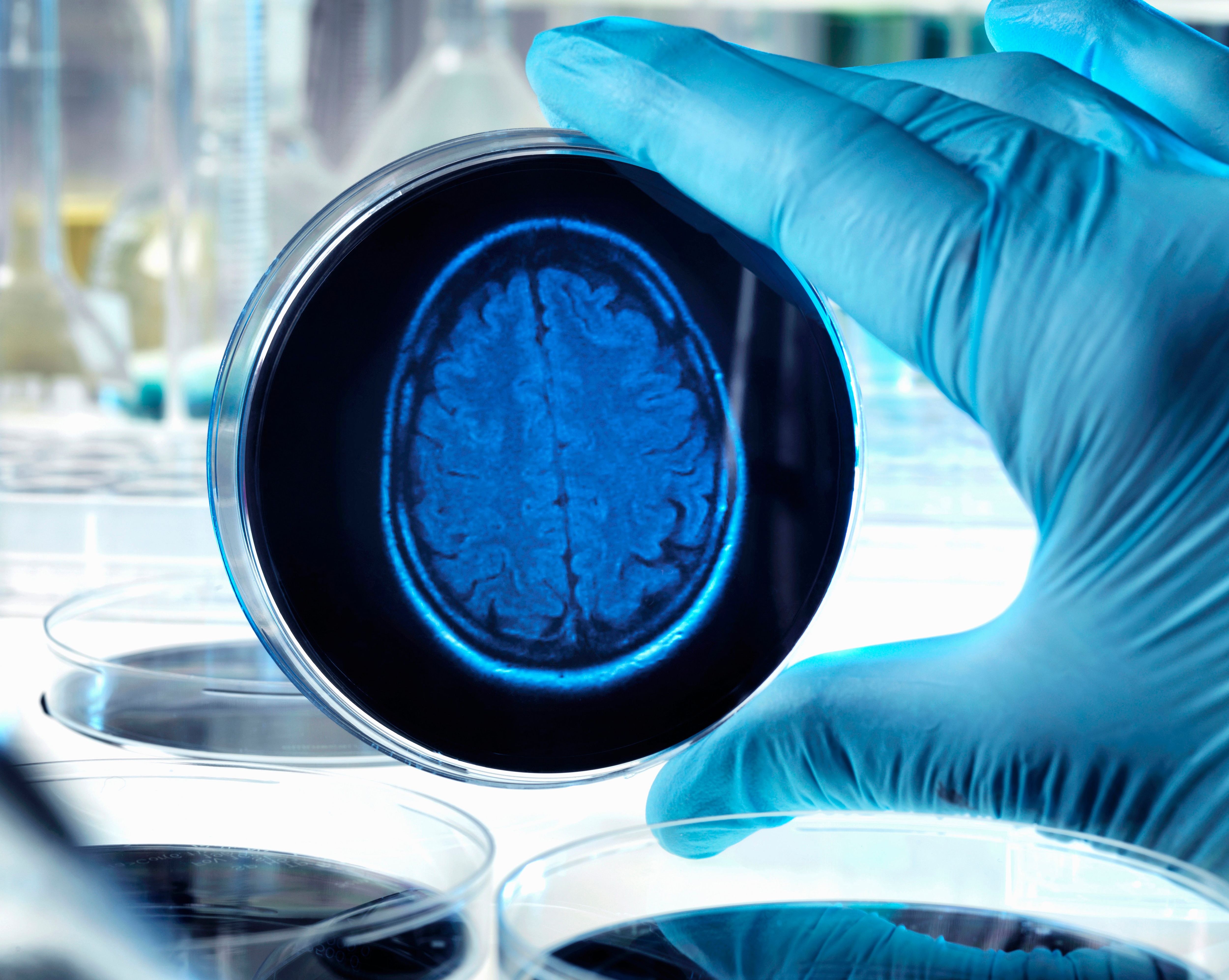Create a free profile to get unlimited access to exclusive videos, sweepstakes, and more!
Scientists are now spawning brains in a lab - could they turn out to be our worst nightmare?

Any self-respecting Teenage Mutant Ninja Turtles fan out there knows Krang (above), the disembodied brain that can think, feel, and plot evil missions on its own — all while riding around in a human-shaped robot. Could this potentially turn into reality?
Ethical concerns we thought would have never existed in the ‘80s and ‘90s have emerged now that scientists have grown blobs of human brain in a lab, and even gone so far as to transplant some of the tissue into animals. These pea-sized mini-brains, or “organoids”, were spawned from stem cells. Some of them have actually developed spontaneous brain waves — kind of like those observed in premature babies. Premature human babies.
Why even develop these things in the first place if they can be so controversial? The intent was a chance to study the live human brain like never before (because volunteers weren’t going to show up for that), and figure out causes and possible cures for diseases that attack the brain. Organoids are already being used to study autism, schizophrenia, and the brain-shrinking effects caused by the Zika virus in utero. Scientists hope to use them for a deep dive into Alzheimer’s and Parkinson’s.
“We’re already seeing activity in organoids that is reminiscent of biological activity in developing animals,” Elan Ohayon, director of the Green Neuroscience Laboratory in San Diego (scarily) told The Guardian.
Are there shady ethics involved here? That can be difficult to figure out when the capacities of these organoids are still hazy and the scientific findings that result from studying and experiementing with them could save lives in the future.
What we’re still not exactly clear on is whether these organoids can feel pain. If they can react to things, that is possible but hasn’t yet been proven. Ohayon has already created computer models that should be able to identify sentience if and when it occurs, but what are the signs?
It’s not like an organoid is going to sprout tentacles and start talking back like Krang. While there haven’t been any certain signs of an organoid that can think and feel for itself yet, a few recent studies have upped the concern. One showed organoids to be capable of developing cerebral cortex neurons, retinal cells, and other tissues, while those that were allowed to grow for eight months grew their own neural networks that reacted to light and sparked in response to activity. Another study transplanted the human organoids into the brains of mice. This one is really creepy, because the human tissue developed new connections after it synced up with the animals’ blood supply.
Some scientists want to stop organoid research where it is, but others, like Ohayon, insist that more research is needed in the area. Let’s just say that a real-life Krang is highly unlikely outside of a really sick cosplay.
(via The Guardian)














